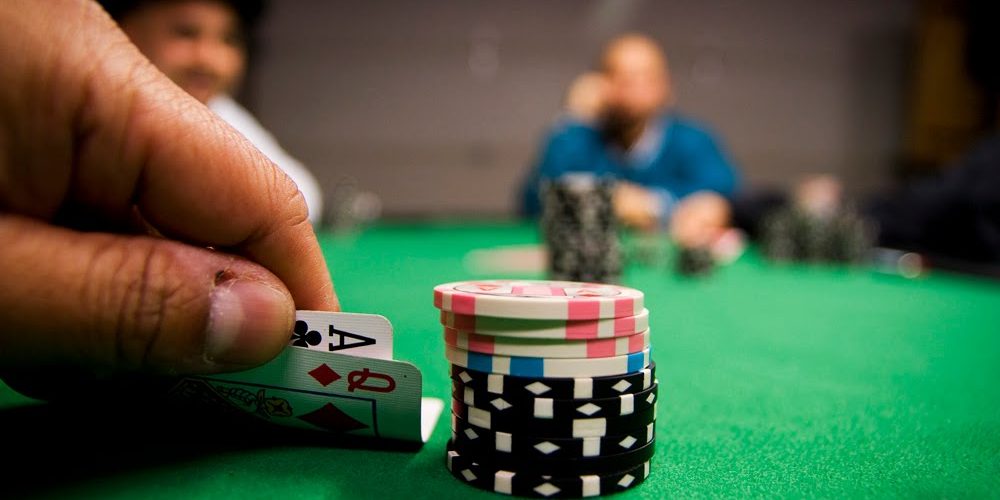When you’re playing online poker and you get caught in the throes of a tricky flop, it’s easy to panic. However, the way you react to these situations dictates whether you end up winning the pot or having to shake your head yet again and hope for better luck the next time. Here are some ways for you to exploit problems that people have with some tricky kinds of flops.
Monotone Flops
If you are in a poker game and you have two suited cards, you still have a less than 1 percent chance of flopping a flush. However, you’ll frequently run into a monotone board. If you are the initiator before the flop, then these boards are quite good to bet, because success rates are above average. If you do get called, the others at the table have a range that includes many pair-plus-draw hands, which is important to remember, even if you are value-betting. The equity of the calling range of your opponent means that value-bets on this sort of flop are always going to be thin.
If your opponent raises with a monotone board, he can see your cards when you’re bluffing or his hand is golden, so fold unless you have the nuts.
All you have to do is think about the calling range for your opponents pre-flop to conclude that it’s unlikely he’ll have only a low flush draw. How frequently doe she call pre-flop with off suit cards that aren’t pairs? When you bet in the role of the pre-flop raiser, it’s easy to connect with a monotone board. An ace-high flush draw is a perfect fit within your range.
So, with a monotone board, bet strong hands for their value and hope the weaker opponents call you down with worse hands of their own. Watch out for raisers, and be ready to make significant lay downs.
Paired Boards
These happen more often than you might think, so make the most of them. By the time you get to the river, the board is paired about half of the time. The flop will be paired about one time out of six. This means that you face a tricky situation almost one out of every five times. If you’re the aggressor, bet with a high frequency, because the success rate is higher than the average of about 60 percent. You’ll be bluffing the majority of the time, but if you have some equity, like with A-K on a 5-5-7 board, bluffing is a bit sager. If your opponent calls you, send out another salvo on most turn cards, either bluffing again or going for value if you hit the card you want. When players tend to call, they have top pair, medium pairs, under pairs, flush draws, straight draws and even just over cards because they think they’ll hit the turn.
If you’re out of position on these boards with a hand that is good but exposed, such as an over pair, keep the pot as small as possible. However, you should also bluff a good amount of time, particularly if you have two overcards.
Ready to practice your new skills? There are plenty legal online poker sites and free poker services where you can try new plays and put your strategy under the microscope for optimum results. So what are you waiting for?
Test our your skills at Poker.Cafrino.com!







